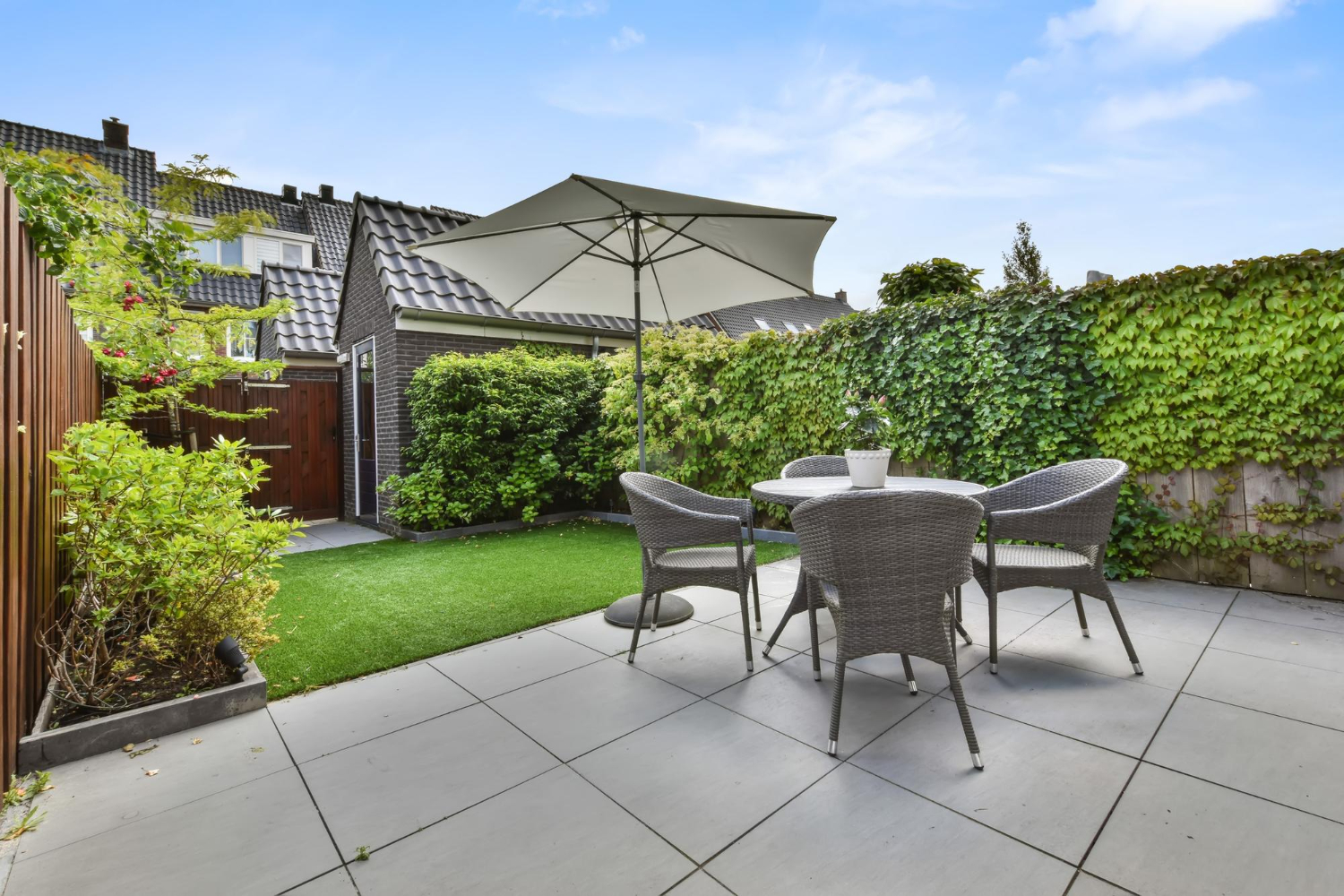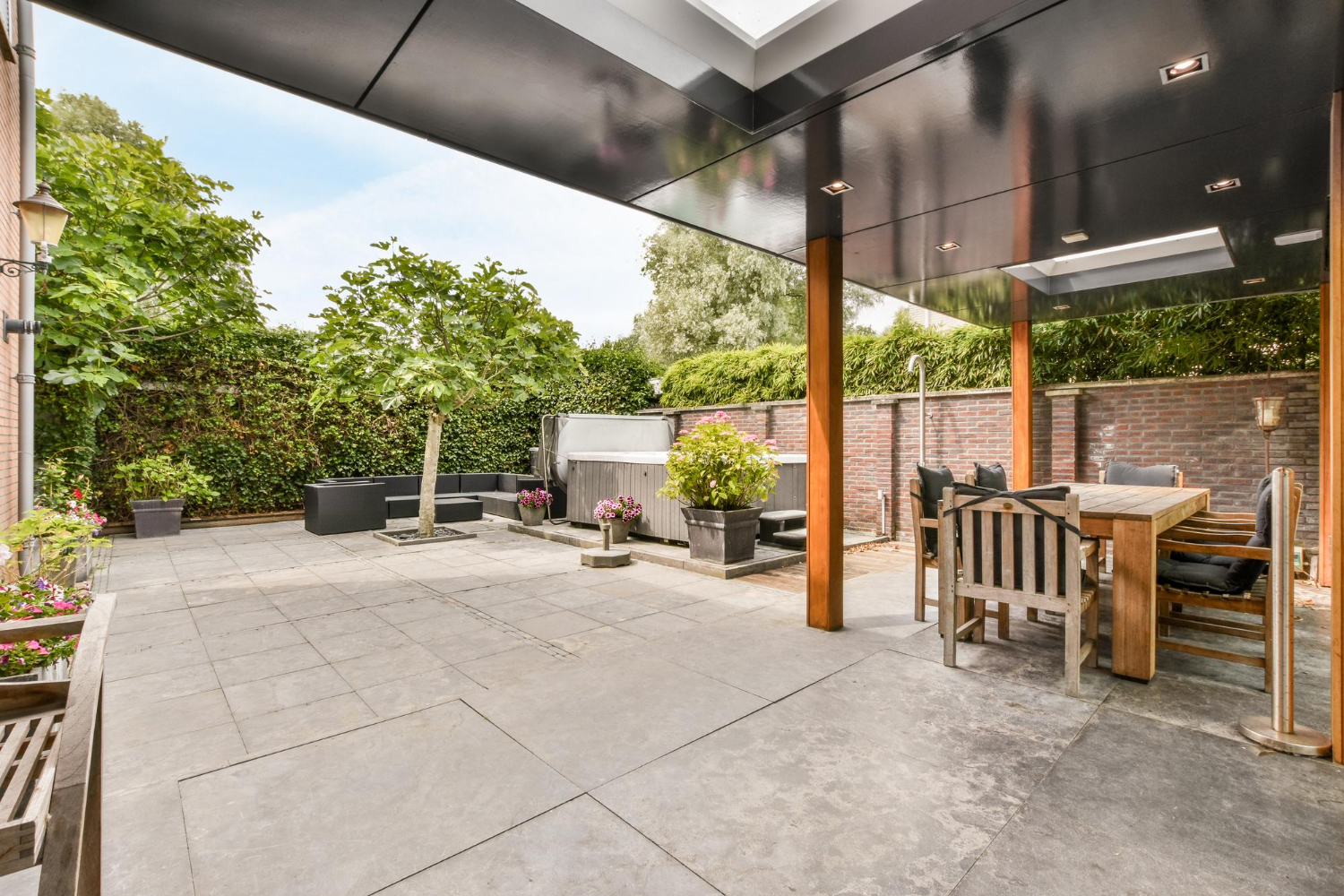Patio Maintenance Tips: A Complete Guide to Keep Your Outdoor Space Pristine
A well-maintained patio doesn’t just look great—it also lasts longer and adds more value to your outdoor lifestyle. Whether you’re prepping for sunny barbecues or simply keeping your space clean year-round, good patio maintenance is the key. In this guide, we’ll walk you through essential cleaning techniques, weather protection strategies, and easy upkeep routines to keep your patio in top shape through every season.

Guide to Patio Maintenance
Regular Cleaning Is Key
Routine cleaning forms the foundation of effective patio maintenance. Over time, dirt, leaves, moss, and algae can accumulate and stain the surface. Here’s how to keep your patio clean:
-
Sweep Weekly: Use a stiff-bristle broom to remove loose debris like twigs and leaves. This prevents buildup that could stain or damage the pavers.
-
Wash Seasonally: At least three to four times a year, scrub your patio using warm soapy water and a deck brush. This method works well on most patio surfaces, including natural stone and concrete.
-
Spot Clean When Needed: For stubborn stains, use a patio-specific cleaner—but check compatibility with your paver type. Avoid acidic solutions on limestone or soft stone.
-
Pressure Wash with Caution: If using a pressure washer, use it sparingly and avoid directing the stream too close, especially on concrete or older slabs, as it can cause erosion or damage.
Pro Tip: Avoid generic weed killers that may stain or degrade your pavers. Use one designed for patios and always spot test in a discreet area.

Weather Protection Measures
Seasonal changes can take a toll on patios. Protecting your patio from weather elements is another core part of patio maintenance.
-
Seal Porous Surfaces: Natural stones like sandstone benefit from sealants that prevent water absorption, moss growth, and stains. However, avoid sealing too early on freshly laid patios to prevent trapping efflorescence.
-
Avoid Sealing Porcelain: Porcelain pavers are non-porous and don’t require sealing, making them a low-maintenance option.
-
Use Covers During Harsh Weather: Invest in patio furniture covers and use a tarp or canopy to shield surfaces from prolonged rain, snow, or UV exposure.
-
Clear Snow and Ice Carefully: Avoid salt-based deicers that may damage pavers. Opt for calcium magnesium acetate or gently shovel snow with a plastic shovel.
Minor Repairs and Long-Term Care
Over time, wear and tear can lead to cracked or loose slabs, which affect both appearance and safety.
Fixing Broken or Loose Slabs
-
Remove the damaged paver with a chisel.
-
Clean the area and lay new mortar.
-
Press the new paver into place and level it.
Repointing Paving Joints
-
Remove old, crumbling jointing compound.
-
Use a strong jointing compound or a semi-dry mortar mix (4:1 ratio of sand to cement).
-
Apply carefully to avoid staining pavers.
Patio Sealing Guidelines
Sealing can offer long-term protection for many patio surfaces—just make sure to choose the right sealant for your material.
-
Best Time to Seal: Wait until any natural efflorescence has faded. For new patios, this means waiting several weeks.
-
Sealer Lifespan: Typically lasts 3–5 years, depending on sun exposure, cleaning frequency, and foot traffic.
-
Understand the Commitment: Sealing is a one-way street—it can’t be undone, so make sure it’s the right move for your patio.

Investing a bit of time and effort into patio maintenance goes a long way in keeping your outdoor space functional and beautiful for years to come. With regular cleaning, seasonal protection, and timely repairs, you can enjoy a worry-free patio that’s always ready to impress.


